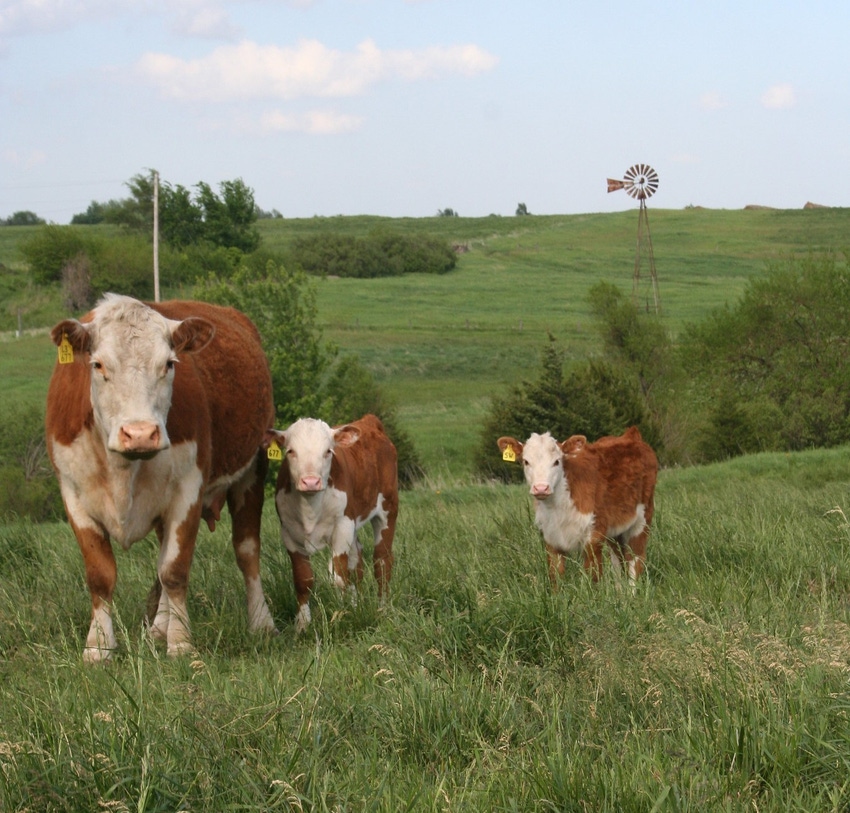Bagley Risk Management Solutions: Your Guard Against Unpredictability
Comprehending Animals Danger Defense (LRP) Insurance Policy: A Comprehensive Guide
Navigating the world of livestock danger protection (LRP) insurance coverage can be a complex undertaking for numerous in the farming sector. This sort of insurance policy provides a safeguard versus market changes and unexpected situations that can influence animals producers. By understanding the intricacies of LRP insurance, manufacturers can make enlightened decisions that may guard their procedures from economic risks. From how LRP insurance works to the different coverage choices offered, there is much to reveal in this detailed guide that might possibly form the means animals producers approach risk administration in their organizations.

Exactly How LRP Insurance Functions
Sometimes, understanding the technicians of Livestock Danger Defense (LRP) insurance coverage can be complex, however damaging down just how it works can provide clearness for farmers and breeders. LRP insurance coverage is a threat administration tool created to secure livestock producers versus unexpected rate decreases. It's crucial to keep in mind that LRP insurance coverage is not a profits warranty; instead, it concentrates only on cost threat security.
Eligibility and Protection Options

When it involves protection choices, LRP insurance provides manufacturers the versatility to pick the coverage degree, coverage duration, and recommendations that best match their risk management requirements. Coverage degrees typically vary from 70% to 100% of the expected ending value of the insured animals. Manufacturers can likewise choose insurance coverage periods that align with their manufacturing cycle, whether they are insuring feeder livestock, fed cattle, swine, or lamb. Recommendations such as cost risk security can further customize insurance coverage to safeguard against unfavorable market changes. By understanding the qualification criteria and coverage choices readily available, livestock producers can make informed choices to handle threat efficiently.
Advantages And Disadvantages of LRP Insurance
When evaluating Livestock Threat Security (LRP) insurance policy, it is crucial for animals producers to weigh the drawbacks and advantages integral in this threat monitoring device.

One of the primary advantages of LRP insurance is its ability to offer protection against a decrease in livestock costs. This can help protect manufacturers from monetary losses resulting from market changes. Furthermore, LRP insurance policy supplies a degree of flexibility, enabling producers to tailor coverage levels and plan periods to fit their certain demands. By securing a guaranteed cost for their livestock, producers can much better take care of threat and prepare for the future.
Nevertheless, there are also some drawbacks to consider. One restriction of LRP insurance policy is that it does not safeguard against all kinds of risks, such as illness outbreaks or natural catastrophes. Costs can occasionally be pricey, particularly for manufacturers with large livestock herds. It is vital for blog here manufacturers to meticulously analyze their specific threat direct exposure and financial scenario to figure out if LRP insurance coverage is the ideal risk monitoring device for their operation.
Understanding LRP Insurance Coverage Premiums

Tips for Making Best Use Of LRP Conveniences
Optimizing the advantages of Livestock Danger Defense (LRP) insurance calls for tactical planning and proactive threat monitoring - Bagley Risk Management. To make the most of your LRP insurance coverage, think about the following tips:
Consistently Evaluate Market Problems: Remain educated regarding market patterns and price fluctuations in the livestock industry. By keeping an eye on these aspects, you can make enlightened decisions about when to acquire LRP insurance coverage to secure versus potential losses.
Establish Realistic Protection Levels: When picking coverage degrees, consider your production expenses, market value of animals, and potential dangers - Bagley Risk Management. Setting reasonable protection degrees makes sure that you are sufficiently protected without paying too much for unneeded insurance policy
Expand Your Insurance Coverage: Rather than depending exclusively on LRP insurance coverage, think about diversifying your threat monitoring approaches. Combining LRP with other risk management devices such as futures agreements or alternatives can supply thorough coverage against market uncertainties.
Evaluation and Change Protection On a regular basis: As market conditions change, periodically review your LRP coverage to ensure it lines up with your existing threat exposure. Readjusting insurance coverage degrees and timing of acquisitions can assist optimize your risk protection method. By adhering to these suggestions, you can make the most of the benefits of LRP insurance coverage and safeguard your livestock operation official website against unpredicted risks.
Verdict
In verdict, livestock risk security (LRP) insurance is a beneficial tool for farmers to take care of the economic risks related to their animals operations. By recognizing how LRP functions, qualification and coverage choices, in addition to the advantages and disadvantages of this insurance coverage, farmers can make educated decisions to shield their resources. By carefully considering LRP premiums and implementing approaches to make the most of advantages, farmers can minimize possible losses and make certain the sustainability of their procedures.
Animals producers interested in getting Animals Threat Protection (LRP) insurance coverage can check out a variety of qualification criteria and insurance coverage options sites tailored to their certain animals operations.When it comes to protection options, LRP insurance coverage provides producers the adaptability to choose the protection degree, insurance coverage period, and endorsements that finest match their danger administration requirements.To understand the complexities of Livestock Threat Security (LRP) insurance coverage completely, comprehending the factors influencing LRP insurance policy costs is critical. LRP insurance coverage premiums are established by various elements, consisting of the insurance coverage degree selected, the expected price of livestock at the end of the coverage period, the kind of animals being guaranteed, and the length of the insurance coverage duration.Testimonial and Readjust Coverage On a regular basis: As market conditions transform, regularly review your LRP protection to guarantee it lines up with your present risk exposure.